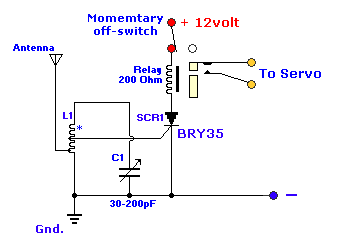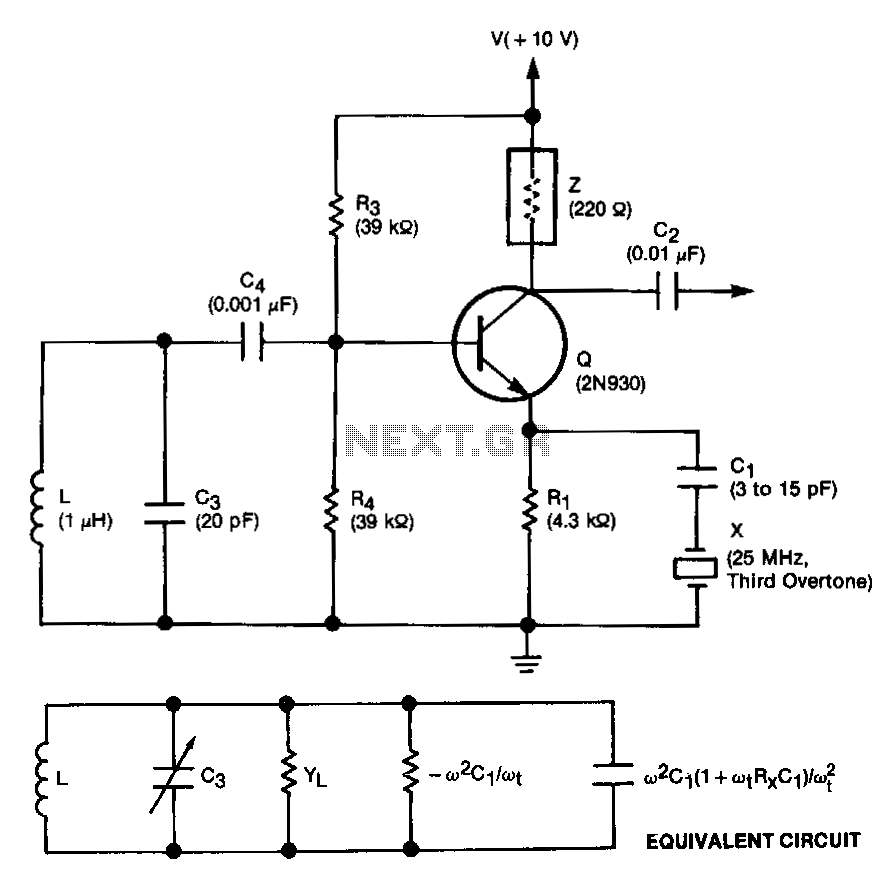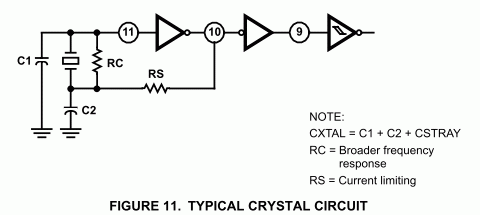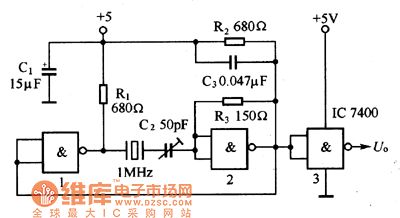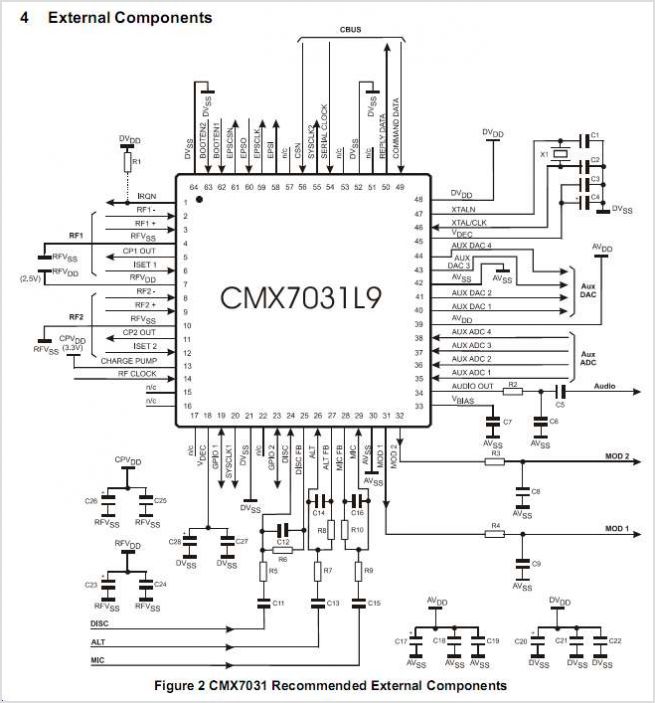
CRYSTAL RADIO SET
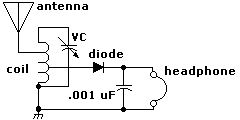
Here is the schematic diagram for a very basic crystal radio set without any particular embellishments. This basic old time radio uses no power other than that provided by the transmitting antenna from the radio station. Free power from the sky eh!. It truly is a marvel!. As a matter of interest, some amateurs and experimenters living in the vicinity of high powered AM Radio transmitters have literally used crystal radio sets to trickle charge their batteries. Now THAT is real COOL! If the demand exists we will do it too!.
The crystal radio set is a simple yet effective device that operates without an external power source, utilizing the energy from radio waves received by its antenna. The primary components of a basic crystal radio include an antenna, a diode (often a crystal detector), a tuning coil, a capacitor, and a high-impedance earphone.
The antenna captures radio frequency signals, which are then fed into the tuning coil. The tuning coil, in conjunction with the variable capacitor, forms a resonant circuit that allows the user to select a specific frequency for reception. By adjusting the capacitor, the circuit can be tuned to the desired radio station's frequency, effectively filtering out unwanted signals.
The diode serves as a rectifier, converting the alternating current (AC) signal received from the antenna into direct current (DC). This rectified signal is then sent to the earphone, which converts the electrical energy into sound waves that can be heard by the listener. The earphone in a crystal radio set is typically a high-impedance type, as the circuit does not provide significant power.
In some cases, enthusiasts have modified their crystal radios to include additional components, such as a small battery or supercapacitor, allowing them to store energy harvested from nearby high-powered AM transmitters. This enables the radio to charge batteries or power small devices, showcasing the versatility and ingenuity associated with crystal radio technology.
Overall, the simplicity of the crystal radio set not only serves as an educational platform for understanding basic electronics but also highlights the fascinating principles of radio wave transmission and energy harvesting.Here is the schematic diagram for a very basic crystal radio set without any particular embellishments. This basic old time radio uses no power other than that provided by the transmitting antenna from the radio station.
Free power from the sky eh!. It truly is a marvel!. As a matter of interest, some amateurs and experimenters living in the vicinity of high powered AM Radio transmitters have literally used crystal radio sets to trickle charge their batteries. Now THAT is real COOL! If the demand exists we will do it too!. 🔗 External reference
The crystal radio set is a simple yet effective device that operates without an external power source, utilizing the energy from radio waves received by its antenna. The primary components of a basic crystal radio include an antenna, a diode (often a crystal detector), a tuning coil, a capacitor, and a high-impedance earphone.
The antenna captures radio frequency signals, which are then fed into the tuning coil. The tuning coil, in conjunction with the variable capacitor, forms a resonant circuit that allows the user to select a specific frequency for reception. By adjusting the capacitor, the circuit can be tuned to the desired radio station's frequency, effectively filtering out unwanted signals.
The diode serves as a rectifier, converting the alternating current (AC) signal received from the antenna into direct current (DC). This rectified signal is then sent to the earphone, which converts the electrical energy into sound waves that can be heard by the listener. The earphone in a crystal radio set is typically a high-impedance type, as the circuit does not provide significant power.
In some cases, enthusiasts have modified their crystal radios to include additional components, such as a small battery or supercapacitor, allowing them to store energy harvested from nearby high-powered AM transmitters. This enables the radio to charge batteries or power small devices, showcasing the versatility and ingenuity associated with crystal radio technology.
Overall, the simplicity of the crystal radio set not only serves as an educational platform for understanding basic electronics but also highlights the fascinating principles of radio wave transmission and energy harvesting.Here is the schematic diagram for a very basic crystal radio set without any particular embellishments. This basic old time radio uses no power other than that provided by the transmitting antenna from the radio station.
Free power from the sky eh!. It truly is a marvel!. As a matter of interest, some amateurs and experimenters living in the vicinity of high powered AM Radio transmitters have literally used crystal radio sets to trickle charge their batteries. Now THAT is real COOL! If the demand exists we will do it too!. 🔗 External reference
